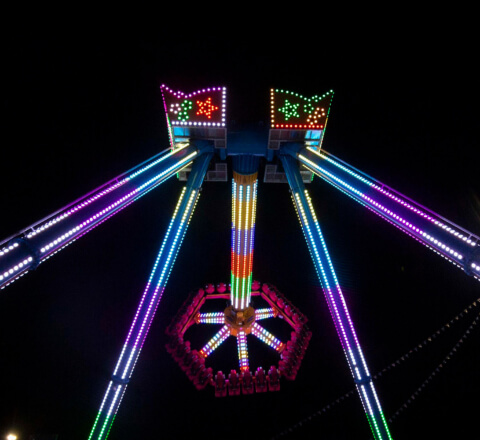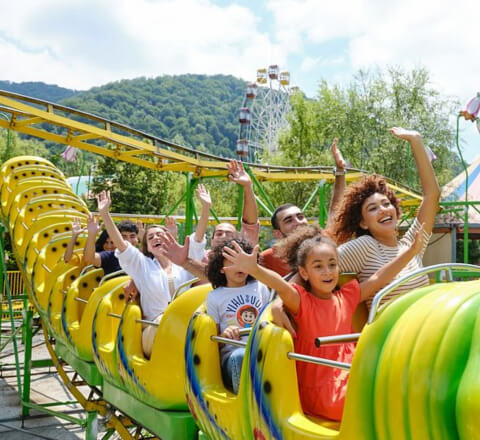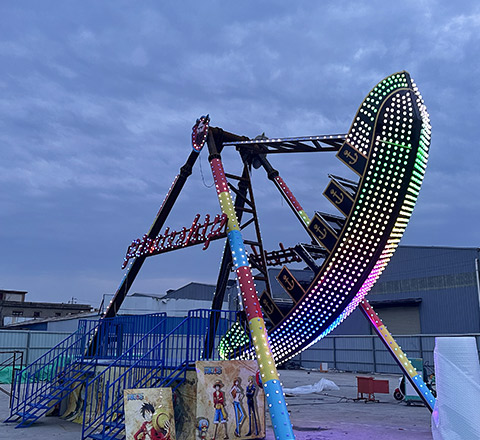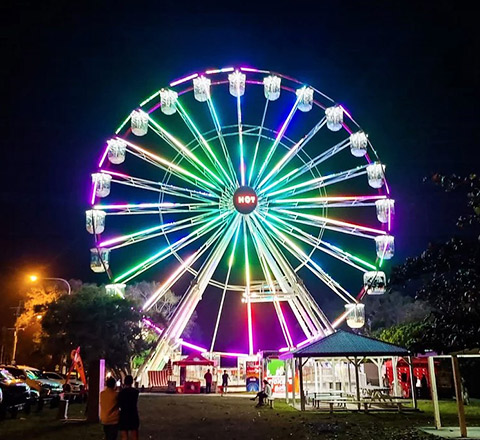When families walk into an amusement park, they expect laughter, excitement, and unforgettable memories. Behind the dazzling lights and thrilling attractions, however, lies an invisible yet crucial element: amusement park ride maintenance. Without proper care and inspection, even the most advanced rides could pose safety risks.
This guide explores everything you need to know about the repair and maintenance of amusement rides—from daily cleaning routines to annual overhauls—helping operators improve safety, extend ride lifespan, and enhance guest satisfaction.
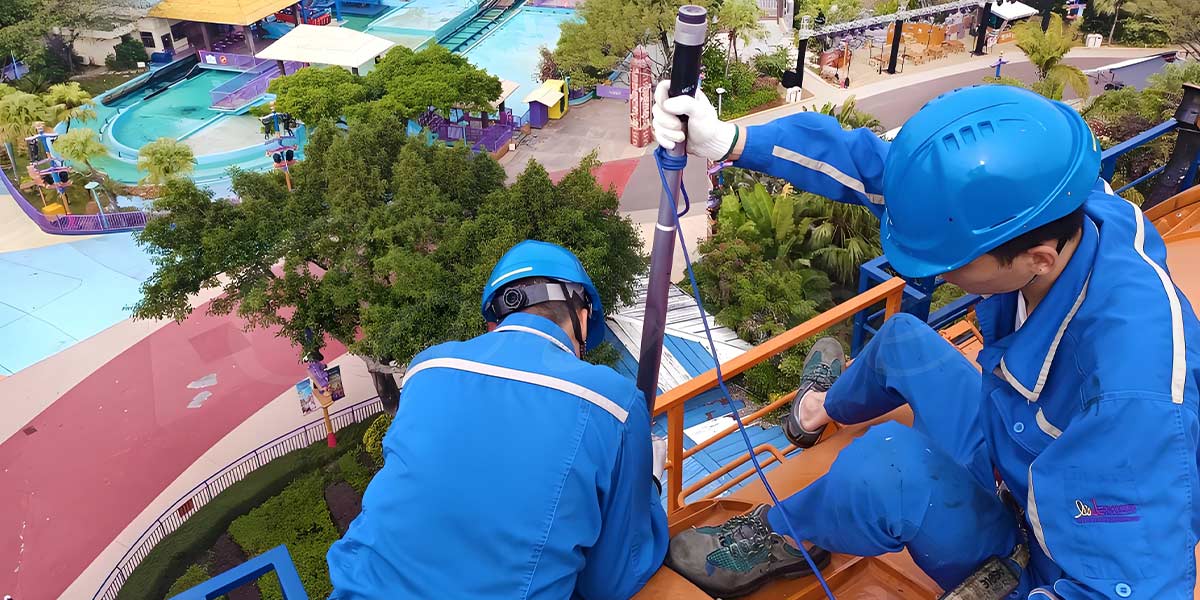
Why Amusement Park Ride Maintenance Matters
Amusement rides are complex systems that combine mechanics, electronics, hydraulics, and safety controls. Unlike standard machinery, these rides:
- Carry passengers, so safety must be guaranteed at all times.
- Operate under heavy loads and frequent cycles.
- Fall under strict regulations and require regular inspections.
Neglecting maintenance can result in:
- Safety incidents or malfunctions.
- Costly downtime and lost ticket revenue.
- Higher repair bills due to delayed fixes.
- Non-compliance with industry standards like EN 13814, ASTM F24et ISO 17842.

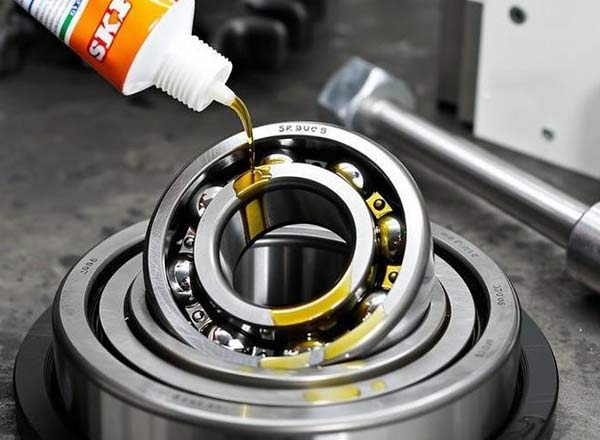
Daily Amusement Ride Maintenance
Daily amusement ride maintenance forms the first line of defense. Before opening, technicians should carry out:
- Cleaning & Disinfection – Wipe down ride surfaces, especially children’s rides and high-touch areas, using approved cleaning agents.
- Visual Checks – Inspect ride bodies, seats, and handrails for cracks, deformation, or loose parts.
- Electrical Safety – Switch off the power before cleaning electrical systems. Dry thoroughly before reconnecting.
- Metal Protection – Remove rust, repaint exposed surfaces, and ensure protective coatings are intact.
- Power & Environment – Disconnect power after closing, keep rides ventilated, and protect equipment from rain or moisture.
Even simple routines like a quick visual walkthrough can catch issues early.
Preventive & Periodic Maintenance
Beyond daily checks, parks must follow a structured preventive program. This is where amusement ride maintenance manuals provided by manufacturers play a critical role.
Weekly Maintenance
- Measure wear on wheels and bearings.
- Tighten bolts and check torque.
- Test the insulation resistance of electrical circuits.
- Lubricate chains and gears.
Monthly Maintenance
- Inspect steel structures and welds for cracks or deformation.
- Check expansion joints and support frames.
- Perform complete lubrication and oil quality checks.
Semi-Annual Maintenance
- Test ride speed, braking distance, and sensor responsiveness.
- Replace critical parts like wheels, brake pads, or chains.
- Simulate emergency stop and alarm functions.
Annual Overhaul
- Dismantle and inspect major mechanical assemblies.
- Conduct non-destructive testing (NDT) on steel frames and welds.
- Check motors, control cabinets, and sensors.
- Repaint exposed steel structures for corrosion protection.
Different types of amusement park rides have their own focus. For instance, Pirate Ship ride maintenance emphasizes the structural integrity of swinging arms, while roller coaster maintenance focuses more on wheels and restraints.

Amusement Ride Cost for Maintenance
One common question is: How much are amusement ride maintenance fees?
Costs vary by ride type, size, and usage, but generally include:
- Labor – Technicians, engineers, and inspectors.
- Spare Parts – Wheels, hydraulic seals, sensors, and panels.
- Compliance & Certification – Annual inspections under EN 13814, ASTM F24, or local standards.
- Technology – Investment in CMMS (Computerized Maintenance Management Systems).
💡 Industry experience shows maintenance can account for 10–20% of annual park operating costs. While significant, it is far less than the financial and reputational damage caused by neglect.
Amusement Ride Maintenance Jobs & Training
Effective maintenance requires skilled professionals. Common amusement ride maintenance jobs include:
- Mechanical and electrical technicians
- Safety inspectors
- Engineers overseeing control systems
- NDT-certified specialists
Training & Certification are critical:
- Staff must follow ride-specific procedures from amusement ride maintenance manuals.
- Emergency drills prepare staff for incidents.
- Certifications such as amusement ride maintenance certification ensure compliance with international standards.
- Ongoing training keeps staff updated on technology and safety practices.
For rides with unique mechanics like balloons or spinners, see our Samba Balloon Ride maintenance guide for detailed examples.
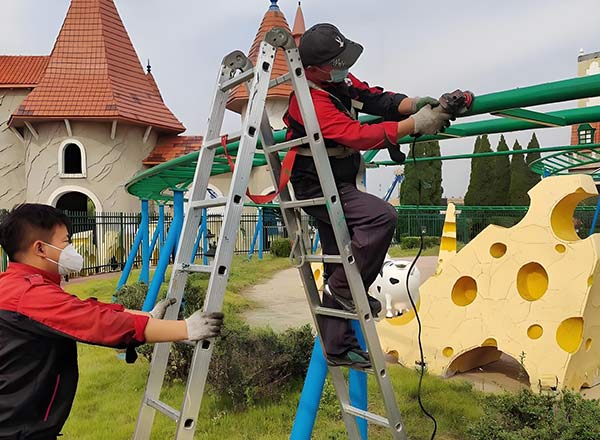
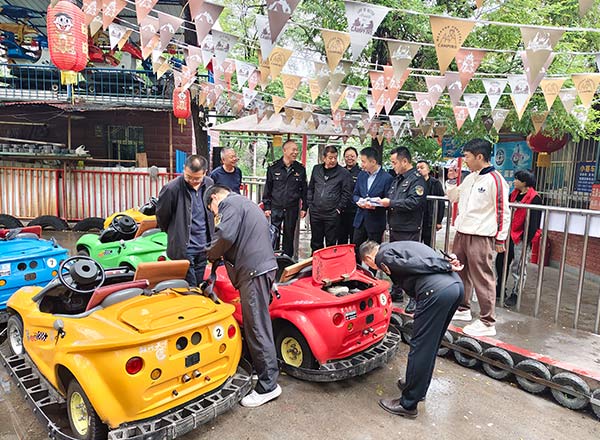
Compliance and Safety Certification
Ride maintenance is closely tied to global safety standards:
- EN 13814 (Europe) – Covers design, operation, and periodic inspections.
- ASTM F24 (USA) – Safety standards for amusement rides and devices.
- ISO 17842 (International) – General safety guidelines for amusement attractions.
Annual certifications often require non-destructive testing (NDT), functional tests, and evacuation procedure drills. Compliance protects both guests and operators.
Technology and the Future of Amusement Park Ride Maintenance
The future of amusement park ride maintenance is digital:
- CMMS software – Automates inspections, reminders, and work orders.
- IoT sensors – Monitor vibration, stress, and temperature in real time.
- Drone inspections – Improve efficiency for tall rides like Ferris wheels and towers.
- Predictive analytics – Helps forecast issues before failures occur.
These smart tools reduce costs, prevent downtime, and strengthen safety.
Conclusion
Amusement park ride maintenance is not just about fixing equipment—it ensures guest safety, protects profits, and upholds brand reputation.
De daily cleaning and inspections to annual certifications, every step matters. Parks that invest in preventive maintenance, trained staff, spare parts management, and digital tools can operate more efficiently and safely.
At the end of the day, the thrills are what guests remember, but it’s the unseen world of repair and maintenance of amusement rides that makes the magic possible.

